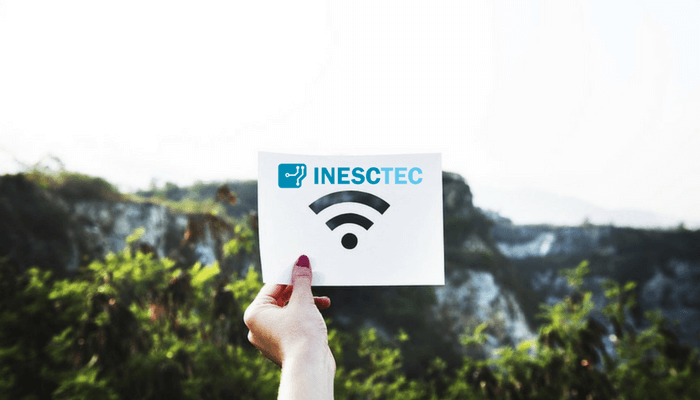Optimisation of LTE Unlicensed and Wi-Fi network consumption
The Centre for Telecommunications and Multimedia (CTM) of INESC TEC is involved in the UGREEN project (Optimisation of the Energy Consumption of LTE-U and Wi-Fi Networks in Coexistence Scenarios), which aims to develop new solutions to reduce the energy consumption of LTE-U (LTE Unlicensed) and Wi-Fi access points, particularly in indoor environments where the two technologies are expected to coexist.
15th December 2017
The increasing communication capacity of mobile devices has enabled applications and services increasingly based on the transfer of multimedia content. These factors are pushing the capacity of cellular networks to the limit and forcing telecom operators to look for new solutions.
The use of Wi-Fi has made it possible to transfer traffic to the unlicensed bands, but LTE technology operating in these bands is seen as a new solution, and it is anticipated that in the future both access technologies coexist. The need to increase capacity, and an increasing number of terminals, will lead to the installation of small cells in increasing numbers, with the consequent increase in the energy consumption of the access networks. It is therefore vital to increase their energy efficiency, allowing for sustainable growth.
Based on its experience in wireless networks and wireless communications, acquired in past and ongoing national and international projects through specification, simulation, prototyping and testing tasks, CTM will develop new solutions to reduce the energy consumption of LTE-U and Wi-Fi access points when both technologies coexist. The main innovation of UGREEN lies in optimising the energy consumption of the LTE-U and Wi-Fi networks in the component that has been ignored, the access points.
LTE-U and Wi-Fi networks typically consist of a set of access points scaled to a maximum number of concurrent users which, however, is not connected much of the time, e.g. at night or in certain periods of the day. Using and adapting existing mechanisms for analysing and detecting incoming and outgoing traffic from an LTE-U/Wi-Fi access point, the researchers intend to respond to this energy inefficiency and configure, in an automatic, dynamic and traffic-sensitive way, the mode of operation of an access point or network of LTE-U/Wi-Fi access points, without compromising performance and taking into account the future coexistence and inherent overlap of coverage of the two technologies, in order to significantly reduce the energy consumption in coexistence scenarios.
Starting on 1 October 2017 and lasting for two years, the UGREEN project has a budget of €610,000. This is an individual P2020 project with the company Eurico Ferreira, SA. The INESC TEC team includes Paulo Silva, Tiago Oliveira, Nuno Almeida, Rui Campos, José Ruela and Manuel Ricardo.
The researchers mentioned in this news piece are associated with INESC TEC and UP-FEUP.


